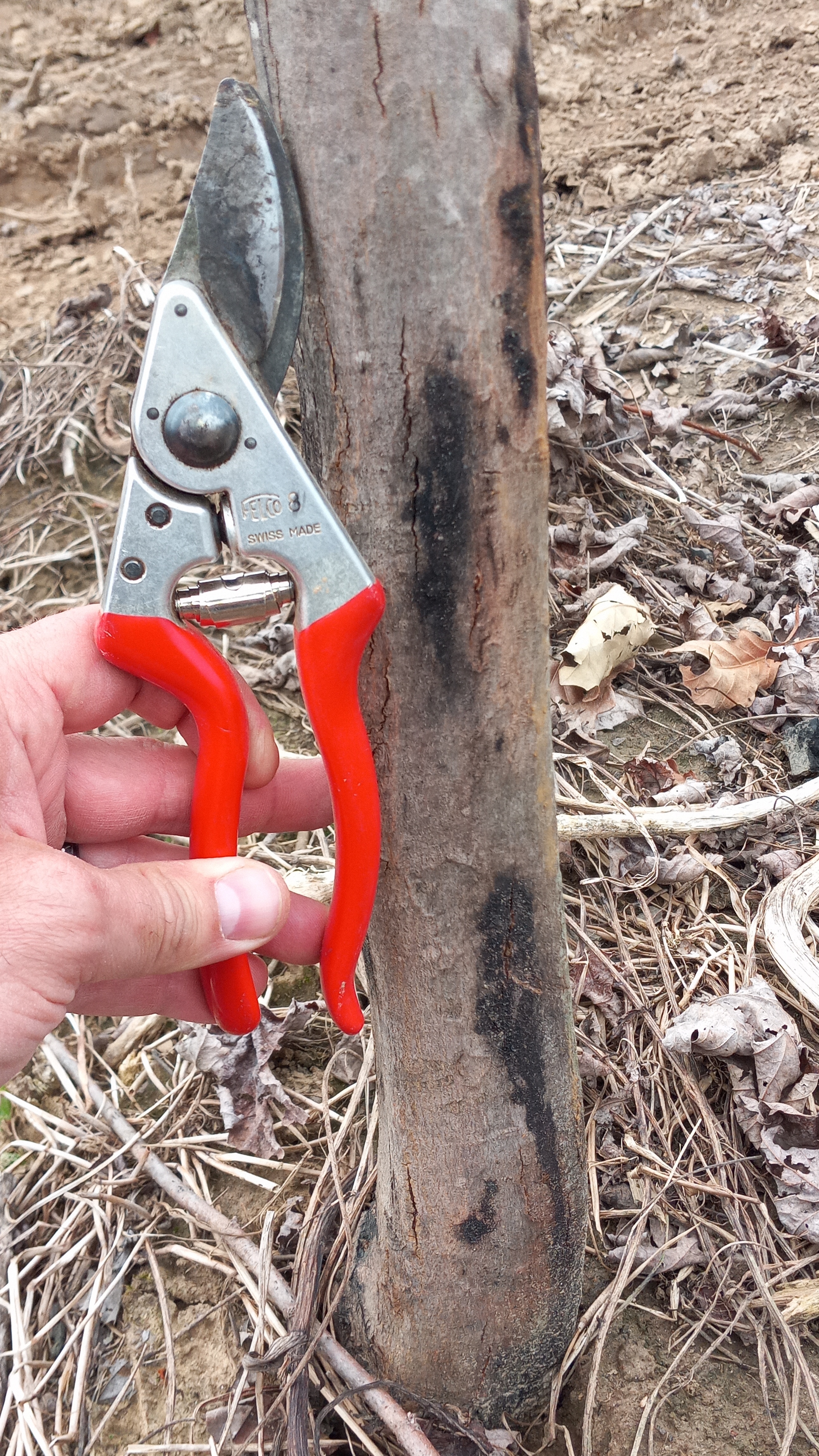Scouting for and Managing Phytophthora Bleeding Canker in Nurseries
go.ncsu.edu/readext?961202
en Español / em Português
El inglés es el idioma de control de esta página. En la medida en que haya algún conflicto entre la traducción al inglés y la traducción, el inglés prevalece.
Al hacer clic en el enlace de traducción se activa un servicio de traducción gratuito para convertir la página al español. Al igual que con cualquier traducción por Internet, la conversión no es sensible al contexto y puede que no traduzca el texto en su significado original. NC State Extension no garantiza la exactitud del texto traducido. Por favor, tenga en cuenta que algunas aplicaciones y/o servicios pueden no funcionar como se espera cuando se traducen.
Português
Inglês é o idioma de controle desta página. Na medida que haja algum conflito entre o texto original em Inglês e a tradução, o Inglês prevalece.
Ao clicar no link de tradução, um serviço gratuito de tradução será ativado para converter a página para o Português. Como em qualquer tradução pela internet, a conversão não é sensivel ao contexto e pode não ocorrer a tradução para o significado orginal. O serviço de Extensão da Carolina do Norte (NC State Extension) não garante a exatidão do texto traduzido. Por favor, observe que algumas funções ou serviços podem não funcionar como esperado após a tradução.
English
English is the controlling language of this page. To the extent there is any conflict between the English text and the translation, English controls.
Clicking on the translation link activates a free translation service to convert the page to Spanish. As with any Internet translation, the conversion is not context-sensitive and may not translate the text to its original meaning. NC State Extension does not guarantee the accuracy of the translated text. Please note that some applications and/or services may not function as expected when translated.
Collapse ▲Phytophthora is typically associated with root and crown rots which are, more often than not, fatal to ornamental trees and shrubs since control options are limited, expensive, and generally ineffective. So it may come as a surprise to know that, given the right conditions, Phytophthora can also cause bleeding canker on the trunks and stems of woody ornamental trees and shrubs. The good news is that unlike root and crown rots associated with this pathogen, Phytophthora bleeding canker can be successfully managed in field and container nursery production, as well as in commercial and residential landscapes if it is caught early.
Scouting. As with anything else, scouting is critical since early detection will greatly increase the chance of fungicide efficacy and disease control. Scouting should occur on tree species that are the most susceptible to this disease (anything with a ‘thin’ bark). In general, however, the most affected species tend to be:
- Maples (Acer ), particularly Freeman’s maple (Acer x freemanii);
- American and European beech (Fagus );
- dogwoods ( C. kousa and C. florida);
Disease cycle and symptoms. Unlike root and crown Phytophthora diseases, bleeding canker is not fatal to trees; however, it can weaken the outer cambium layer and open trees to other pathogens. Affected trees are also more prone to cracking and splitting which will render nursery stock unsaleable. When scouting, inspect main trunks and stems for signs of discoloration, blackening/browning of the outer sapwood, and oozing sap from the cankers or lesions. It should be noted that this is not ‘diagnostic’ of Phytophthora as there are other bacteria and fungi that can cause bleeding canker so accurate diagnosis from the PDIC in Raleigh is necessary. Stunting of leaves, distorted growth, and early fall color are also other indicators of bleeding canker.

Water-soaked or oozing lesions can be a sign of bleeding canker. Symptoms typically appear at the base of trees. Credit: Sam Marshall
Management. The good news is that Phytophthora bleeding canker is a slow-moving disease and one infected tree in a nursery does not pose an immediate threat to nearby trees. If caught early enough, there are effective control options for this pathogen, which include*:
- Phosphorous acid** (Alude, Fosphite, Agri-Fos);
- Mefenoxam (Subdue MAXX);
- Fosetyl-AI (Aliette WDG).
Inspect trees year-round for this disease, especially in late winter/early spring and in the fall, especially if you have had issues with this pathogen in the past. Fungicides applied this time of year will give good protection for trees going into the winter months; two applications per year are typically enough to provide adequate suppression of Phytophthora bleeding canker.
*These recommendations are for commercial nurseries and not necessarily for residential or commercial landscapes. Control options for those situations can be found in the 2023 North Carolina Agricultural Chemicals Manual
**If you use a carrying agent like Pentra bark, remember that this product can be phytotoxic to foliage, so make sure that applications are directed at the bark of trees and do not come into contact with leaves.




